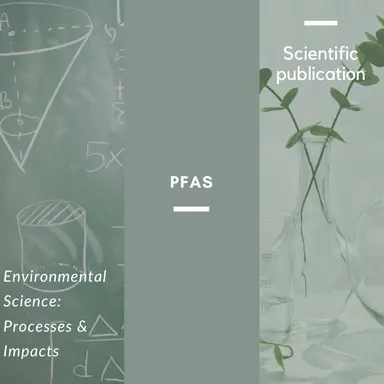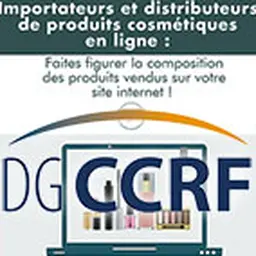
In this study, the prevalence of PFAS in cosmetic products on the European market was investigated through a combination of database mining and comprehensive analytical characterisation. These data, together with information on consumer habits, were used to estimate PFAS emissions to wastewater and solid waste, and to measure possible environmental contamination.
This study was published on 21 July 2022 in the Journal Environmental Science: Processes & Impacts. It was conducted by a group of Swedish scientists working for the IVL Swedish Environmental Research Institute and the Department of Environmental Science of the Stockholm University.
Background
Per- and polyfluoroalkyl substances (PFAS) are a diverse group of over 4700 chemicals, which have been widely used since the 1950s in industrial processes and consumer products. The OECD/UNEP Global PFC Group defines PFAS as substances that contain 1 or more fluorinated methyl or methylene carbon atoms (i.e. -CF3 or -CnF2n-; n ≥ 1).
PFAS are listed ingredients in European cosmetic products, but their contribution to PFAS contamination in liquid and solid waste remains unclear. Yet, since waste treatment does not remove PFAS completely, the disposal of PFAS-containing cosmetics may lead to environmental contamination.
Abstract
In this study, emission of per- and polyfluoroalkyl substances (PFAS) from the use of cosmetics in the European Economic Area (EEA; not including Lichtenstein and Iceland) was estimated for the first time. Using the European Commission database for information on cosmetic substances and ingredients (CosIng) ∼170 structures containing at least –CF2– or –CF3 were identified as ingredients in cosmetics on the …













